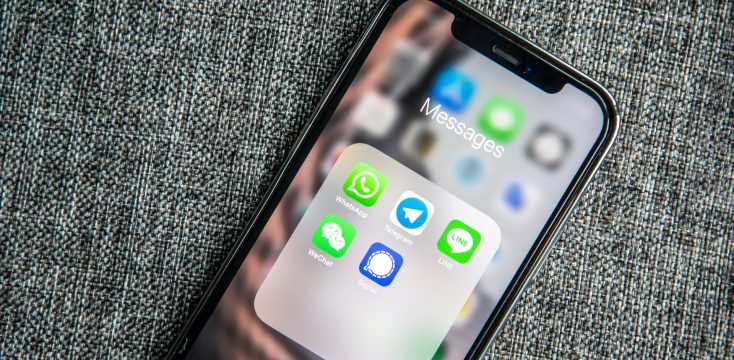January 2, 2021
How to Create an Effective Buyer Persona That Drives Sales – Part 1

Once you have a general understanding of what a buyer persona is and why you need it, it’s time to actually build one. So, where do you start? Here’s a brief rundown of how to create a few personas to enrich your marketing strategies today.

It All Starts with Research
The more time you put into research, the more you’ll get out of it. Buyer personas cannot be based on a gut instinct. You need real-world data to yield real results. You must work hard to compile data on your existing customers and social audience.
Look at key data points like:
- Age
- Occupation
- Location
- Language
- Spending power and patterns
- Interests
- Challenges
- Stage of life
And any other demographics that you think might be useful in a buyer persona. If this is for B2B marketing, you should also consider the size of the company and who is making the purchasing decisions.
There are a variety of places to source customer information like your own database, Google Analytics, and social media. Especially Facebook Audience Insights.
Learn which social channels your audience uses with social mentioning tools like Hootsuite Insights and Keyhole.co. You can also take some cues from customer research your competitors have already done. Set up streams to monitor competitor’s posts and search for top shared content across networks using tools like Buzzsumo.
Find the Main Customer Pain Points
In order to offer a solution, you have to know what the problem is. What barriers do your customers face to reaching their goals? How does your product or service assist them in getting there faster?

One way to better understand is to use methods like social listening and social media sentiment analysis. Set up streams to monitor mentions of your brand, products, and competition. This will help you discover why people love your brands and what parts of the customer experience aren’t working.
Another way to dive deeper into customer pain points is to check in with the customer service department. They are the ones fielding service calls all day and are the closest to the fire. They will have the best understanding of exactly what is irking people, right now. See if they can help you identify patterns about which customer groups face what types of challenges. You can even ask them to collect real customer quotes to give you buyer personas greater depth.
Identify the Main Customer Goals
Much like you are looking for challenges your ideal customer faces, you also want to have a general understanding of their goals. These are aspirations or positive things they wish to achieve whether they are personal or professional and are related to the products/services you sell.
You should be asking questions like:
- What motivates your customer?
- What’s their end game?
- What are they looking to gain?
This is the flip side of pain points. Goals can be directly related to the solutions you provide, but they don’t have to be. It’s more about getting to know your customers rather than matching exactly to features and benefits of your product/service.

Your buyer persona goals are important because they form the basis of a campaign and inform the tone and approach you will take in marketing. Social listening is a good way to gather information on goals. Just as customer service is a good insight for pain points, you sales team can give great insight on customer goals.
Salespeople talk to real prospects who are thinking about using your product/service. They have a deeper understanding of what customers are trying to achieve by using your stuff. Ask the sales team to collect real quotes that embody the customer experience and any tactics they use to overcome buyer objections.
Coming Up
So, when you begin developing a buyer persona, research is the first step. You want to do everything in your power to understand the customer you are selling to and how to best meet their needs.
In the next installation of How to Create an Effective Buyer Persona, we look at how you can apply what you know about pain points and goals to build a buyer persona that makes sense in the real world.







